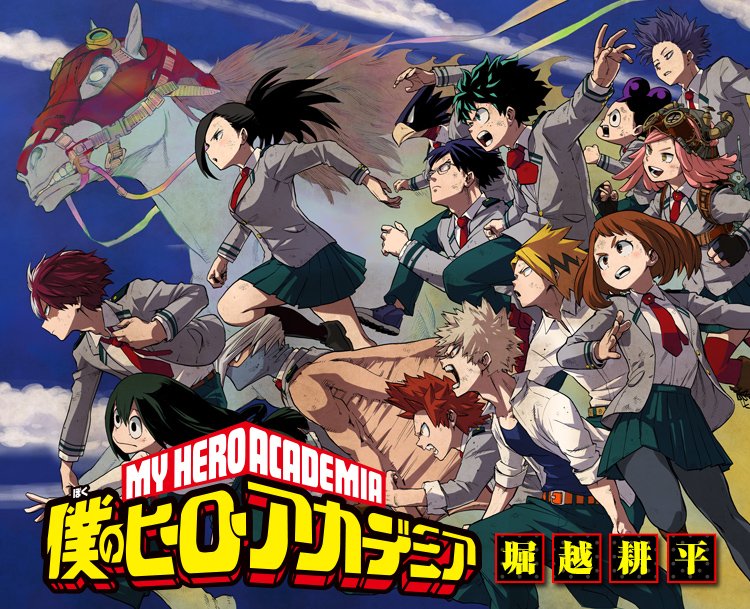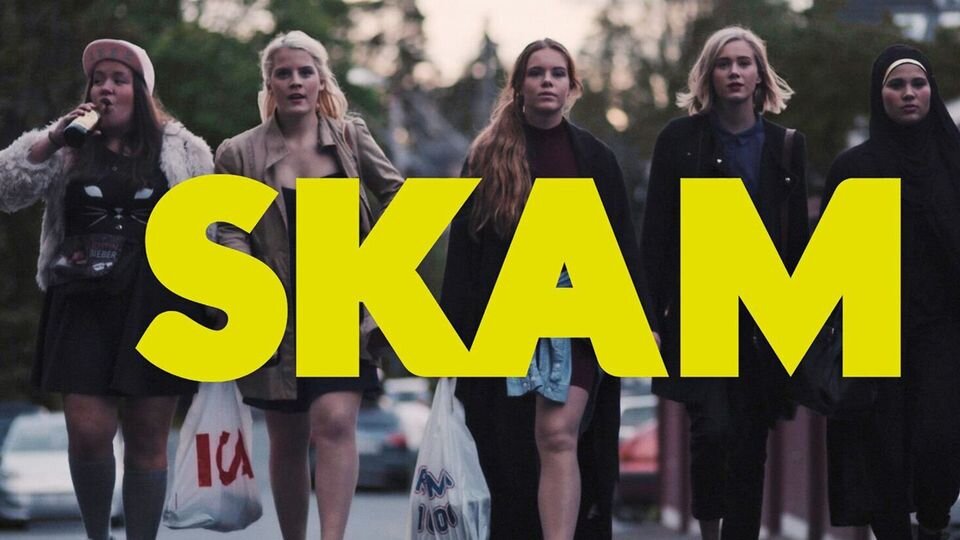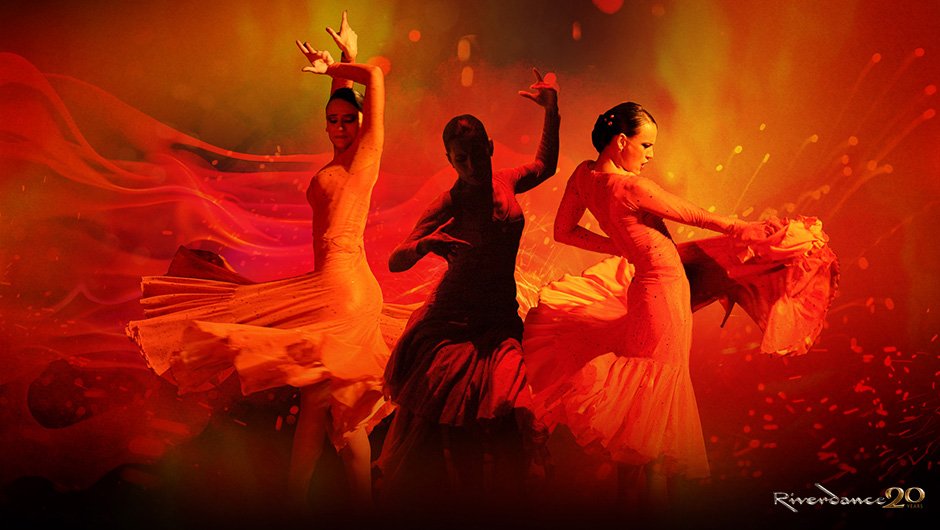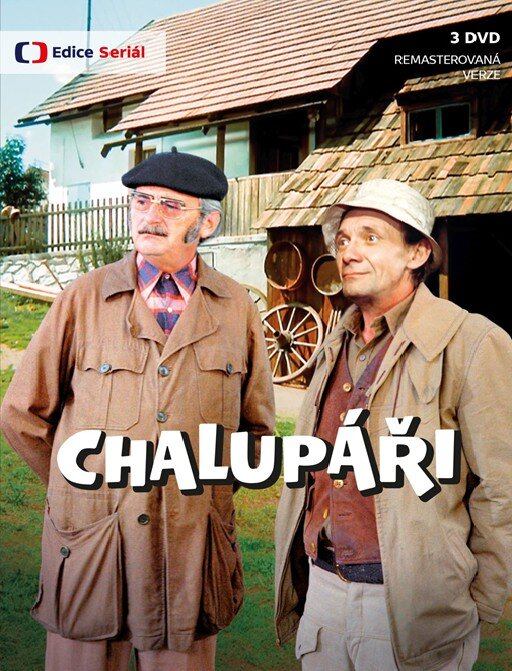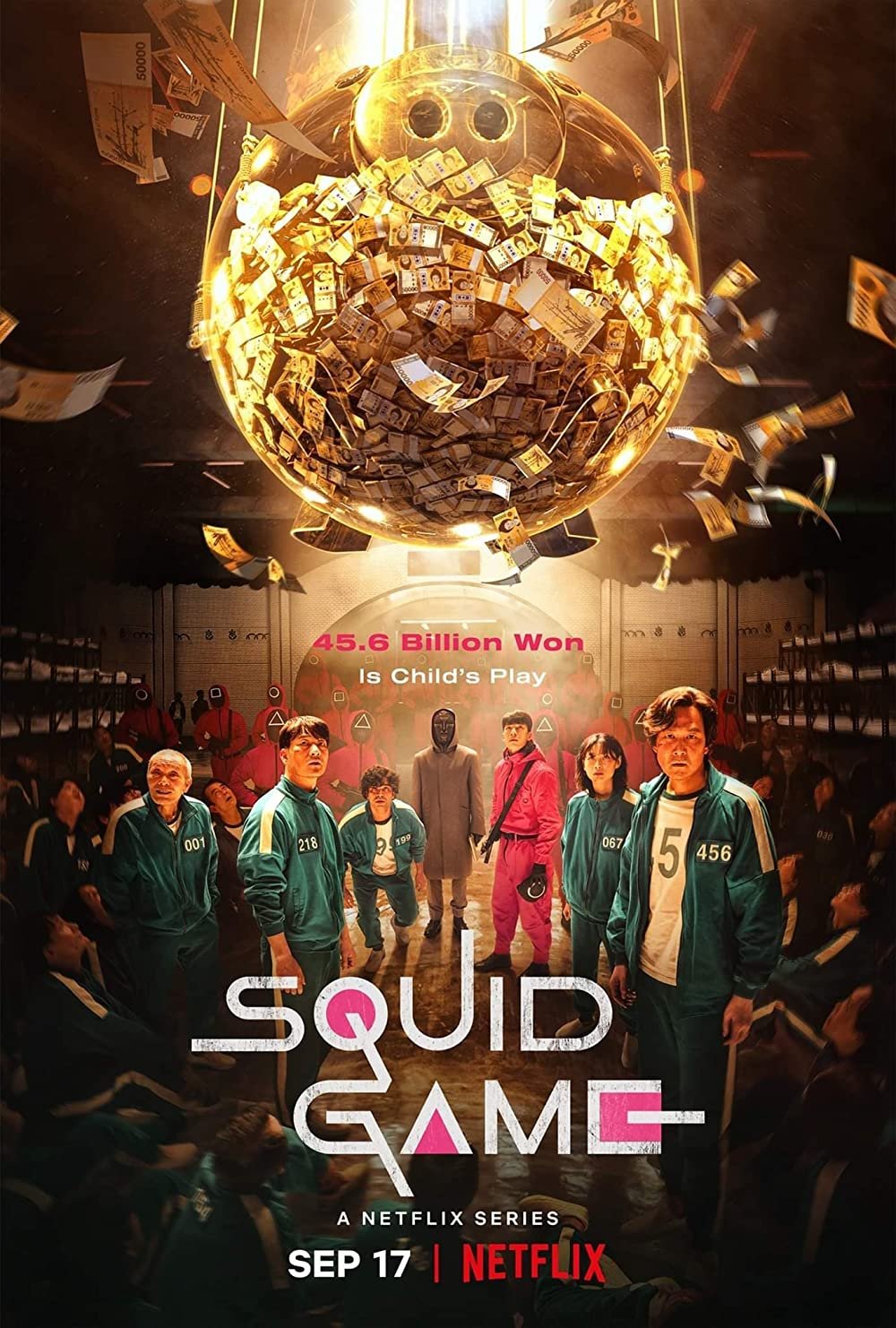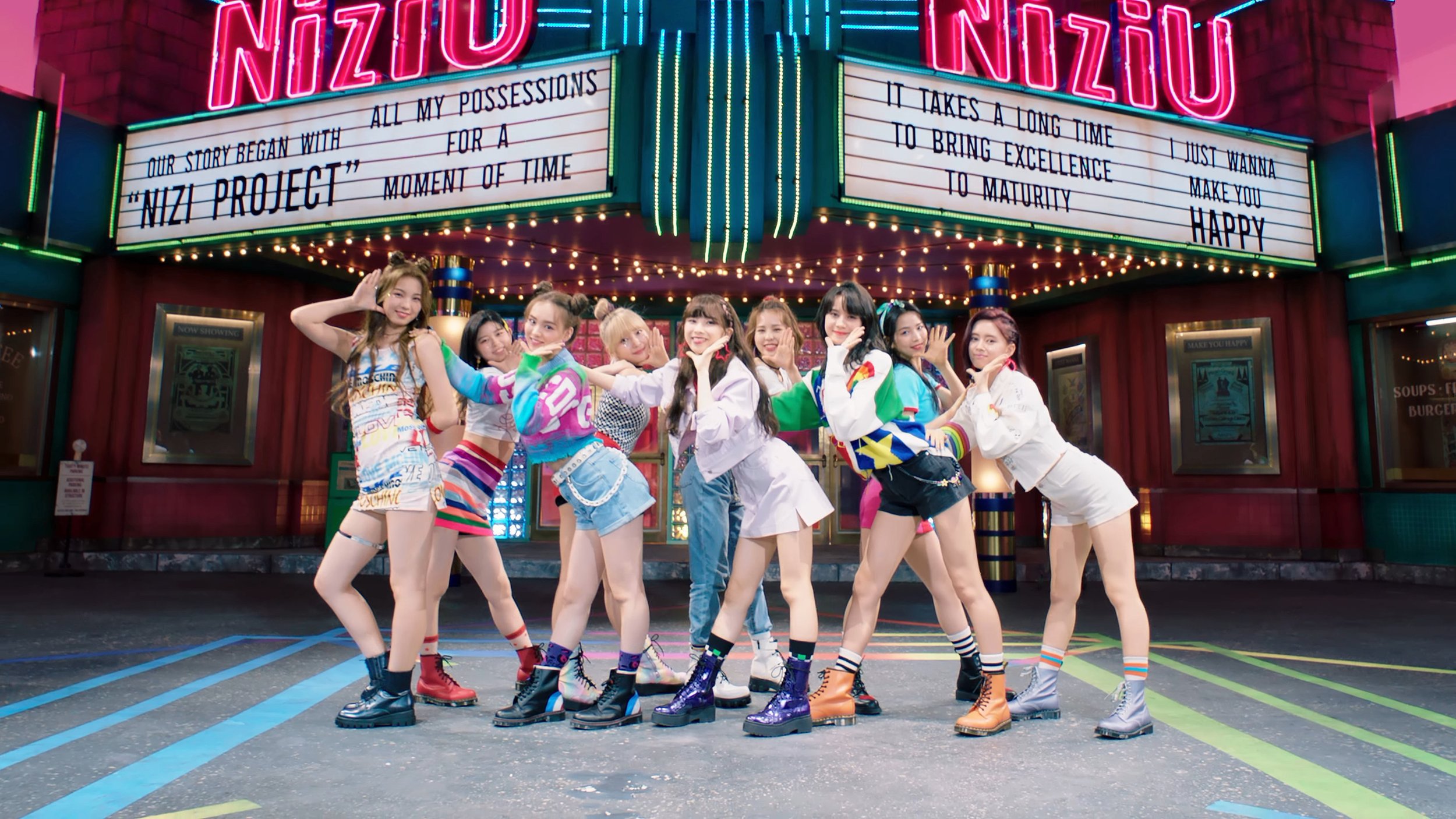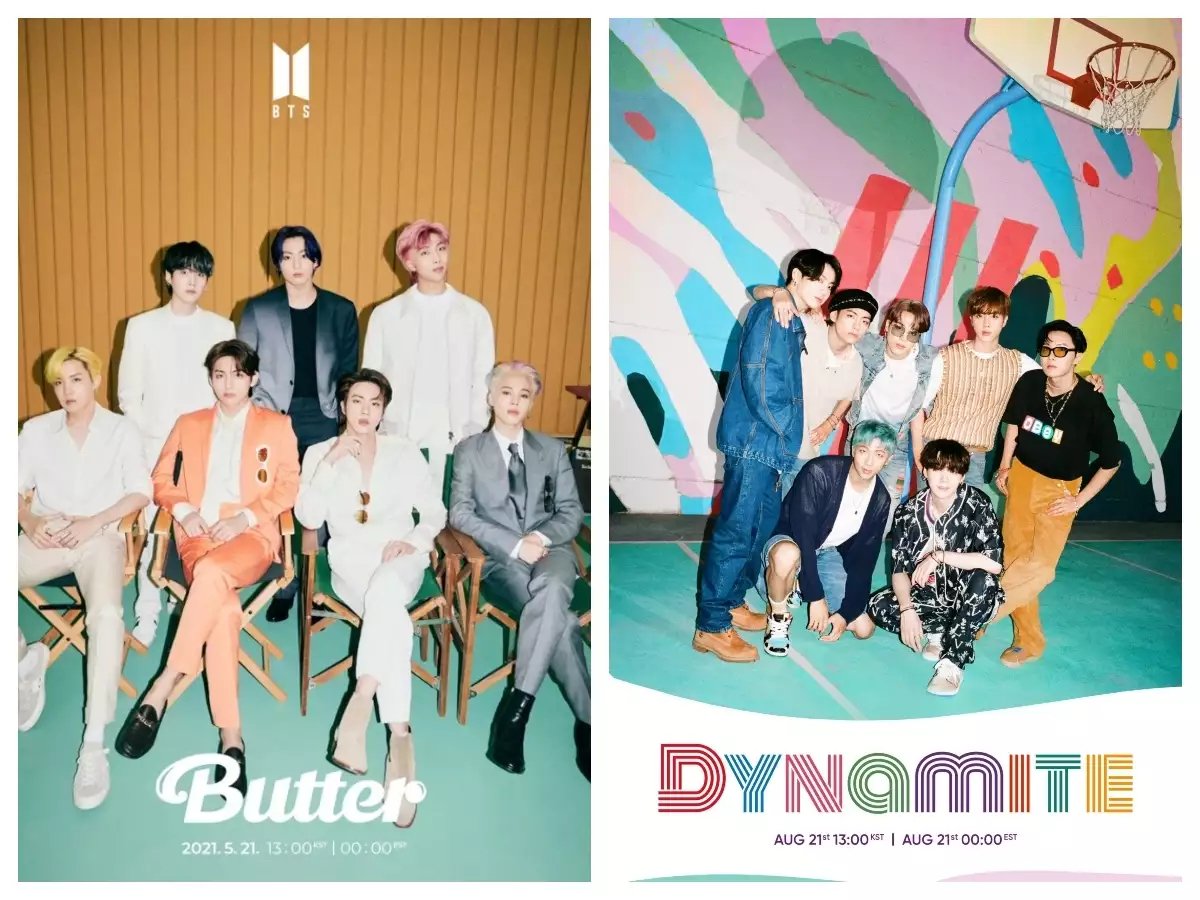Global Fandom: Akiko Sugawa-Shimada (Japan)
/My research started with one about female viewership of TV anime for girls, namely, the “Magical Girl” genre within the framework of Audience Studies. I have then expanded my research to female anime/manga comics/videogame (ACG) fans and fandoms in Japan, Asia, North America, and Europe. Currently, I’ve been working on “2.5-Dimensional (2.5-D) culture” fandom.
The term “2.5-D” was coined by anime fans in Japan in the 1980s to refer to anime’s voice actors, but in the 2000s it began to refer to some cultural practices exercised in a space between 2-D fiction and 3-D reality. Thus, the “2.5-D” culture is “cultural practices which produce the fictional space of contemporary popular cultural products (such as manga, anime, and videogames) along with the fans’ interplay between the real and fictional spaces” (Sugawa-Shimada, 2020: 125). Its examples are: 2.5-D theaters (theatrical adaptation of anime, manga, and videogames), cosplay, contents tourism (pop-culture-induced tourism), character/voice actor concerts (ex. concerts of Love Live! and Ensemble Stars, etc.), ōenjoei (a cheer-a-long style of movie screening), and V-tubers (virtual YouTubers). What matters in these cultural products are active interactions between the “reality” of characters of anime/manga/videogames and the “virtuality” of the human bodies of practitioners (actors and fans). As in Henry Jenkin’s “convergence culture” (2006), 2.5-D culture is generated across multiple transmedia platforms, cooperation of multiple media industries, and fans’ migratory behaviors. Fans actively migrate among “the fictional, cyber, and physical worlds” (Okamoto, 2015).
In this section, I will focus on some traits of the 2.5-D theater and its fandom. The 2.5-D theater is basically a theatrical adaptation of anime/manga/videogames. But it is distinctive from Disney’s musical adaptation of its animation films such as Lion King and Beauty and the Beast, etc., and Broadway musicals based on American comics such as Spider-man in terms of the thorough copy of the appearances and characterization of fictional characters, and the performing style. One of the typical examples is Musical Prince of Tennis (2003-ongoing) based on Konomi Takeshi’s popular manga Prince of Tennis (1999-ongoing). It’s about a genius 13-year-old male tennis player and his colleagues in junior high school in Japan. All the actors of Musical Prince of Tennis are selected by auditions if they have “the character’s seed” rather than if they have acting and singing skills (Sugawa-Shimada, 2021: 123). When a fan of Prince of Tennis (anime and/or manga) saw Musical Prince of Tennis in the early 2000s, she expressed in her blog that “the characters just like popped up from the 2-dimentional. It’s truly 2.5-D!” Since then, the 2.5-D genre has grown rapidly. The total sales in 2018 is approximately 22.6 billion yen (about 205 million dollars). The performance structure is similar to anime series; one performance covers a set of the episodes, followed by another set of the episodes as a continuity.
In general, actors of 2.5-D theaters who play the role of anime/manga characters immediately gain popularity among the youth with the help of the characters. Most of them are equivalent to aidoru (idols). Aidoru in Japanese popular culture means relatively young, “highly produced and promoted singers, models, and media personalities” (Galbraith and Karlin 2012: 2). Thus, 2.5-D fandoms are formed in a nodal point of ACG culture, Idol culture, and theater culture. The fans are actively producing derivative works such as dojinshi (fans’ self-published comics, novels, illustrations etc.), creating fan communities, and communicating both in cyber and physical worlds (that is, 2.5-D worlds) using fictional characters.
My foci of research by using qualitative research methodology are how female fans utilize 2.5-D culture as a tool to form intercultural fandoms, solve their personal problems, and empower women in cyber and physical worlds, and how 2.5-D culture contributes to facilitating intercultural understanding through their affect/preferences (oshi) towards characters and actors as characters.
ACG fan studies in Japan
Studies about anime/manga/videogame fan in Japan have been conducted as otaku studies within the frameworks of mainly psychology, sociology, and Cultural Studies. Although Japanese scholarship on anime/manga/videogame otaku[i]has mostly focused on male otaku done by male scholars for long, gender and ethnic perspectives have been introduced to otaku studies recently.
Since male scholars in this field are quite well-known such as Okada Toshio, Otsuka Eiji, Azuma Hiroki, and Patrick Galbraith etc., I will briefly introduce Japanese scholarship on female otaku. In the 1990s, Nakajima Azusa, a female critic and novelist, argued that otaku are incapable of communicating with other people. She calls its tendency “dis-communication syndrome” (1991). She examined female otaku who love JUNE (which means yaoi and Boys’ Love). Although her arguments on otaku from a pathological viewpoint were later criticized, she was probably the first critic that discussed female otaku as yaoi fans. From 1992 to 1995, the “yaoi controversy” continued between gay critics and female feminist critics. Female yaoifans (otaku) were seen as problematic. However, yaoi and yaoi fans (BL otaku) have been examined as an academic subject since the 2000s. It is one of the most important topics in gender and sexuality studies.
Studies of non-yaoi female fans are not as large in number as scholarship about female BL fans. Some important scholarship about female anime and 2.5-D culture fandoms are: Akiko Sugawa-Shimada’s Girls and Magic (2013) about TV viewership of female fans of Magical Girl, Eureka’s special issue about female otaku (2020), Sasaki Hiroshi and Ikegami Satoru’s article in Sociology of Anime (2020), and Akiko Sugawa-Shimada’s 2.5-dimentional Culture (2021).
References
Eureka, special issue: onna otaku: oshi to watashi [female otaku: my favorite and me]. September, 2020.
Galbraith, Patrick W., and Jason G. Karlin. 2012. Introduction: The Mirror of Idols and Celebrity. In Idols and Celebrity in Japanese Media Culture, ed. Patrick W. Galbraith and Jason G. Karlin, 1–32. Palgrave
Jenkins, Henry. 2006. Convergence Culture: Where Old and New Media Collide. NYU Press.
Nakajima, Azusa. 1991. Komyunikeshon fuzen shōkōgun [Dis-communication Syndrome]. Chikumashobō.
Okamoto, Takeshi. 2015. “Kontentsu tsurizumu no kukan.[Spaces of contents tourism]” Kontents tsurizum kenkyu: Joho shakai no kanko kodou to chiiki Shinko, Takeshi Okamoto ed. 50-51. Fukumura shuppan.
Sasaki, Hiroshi, and Satoru Ikegami. 2020. “Anime ni tsuite kataru koto [About talking on anime].” Daisuke Nagata and Shintarōeds., Anime no shakaigaku: anime fan to anime seisakusha tachi no bunka sangyo ron [Sociology of Anime: Cultural Industry on anime fan and anime creators]. Nakanishiya shuppan: 2-22.
Sugawa-Shimada, Akiko. Shōjo to mahō: Girl hero wa naze juyo saretanoka [Girls and magic: how girl heroes have been accepted]. NTT shuppan.
-----. 2020. “Emerging “2.5-dimensional” Culture: Character-oriented Cultural Practices and “Community of Preferences” as a New Fandom in Japan and Beyond.” Mechademia: Second Arc. 12(2):124-137.
-----. 2021.2.5 jigen bunka ron: Butai, kyarakuta, fandamu[2.5-D Culture: Theaters, characters, and fandom]. Seikyusha
[i] Otaku in Japanese context is used as an umbrella term to mean fans who have deep knowledge about an object they morbidly love and actively express their enthusiasm, although otaku originally referred to anime/manga/videogame/computer fans in the 1980s. So, it is often used with the name of the object: anime otaku, train otaku, idol otaku, Disney otaku and so on. This usage is different from “otaku” overseas, where “otaku” most likely refers to enthusiastic fans of Japanese or Japanese-style anime, manga, and videogames.
Akiko Sugawa-Shimada, PhD, is a professor in Graduate School of Urban Innovation, Yokohama National University, Japan. Dr. Sugawa-Shimada is the author of a number of books and articles on anime, manga, and Cultural Studies, including Girls and Magic: How Have Girl Heroes Been Accepted? (2013, Won the 2014 Japan Society of Animation Studies Award, in Japanese), 2.5-dimentional Culture: Stages, Characters, Fandom (2021, in Japanese), chapters in the books Japanese Animation: East Asian Perspectives (2013), Introduction to Anime Studies (2014, in Japanese, co-edited), Teaching Japanese Popular Culture (2016),Cultural Sociology of Post-kawaii (2017, in Japanese), Shojo Across Media (2019), Women’s Manga in Asia and Beyond (2019), 55 Keywords for Animation Culture (2019, in Japanese, co-edited), Contents Tourism and Pop Culture Fandom (2020), Animating the Spiritual (2020), and “Emerging “2.5-dimensional” Culture: Character-oriented Cultural Practices and “Community of Preferences” as a New Fandom in Japan and Beyond.” In Mechademia: Second Arc, 12(2), (2020). Her website is: akikosugawa.2-d.jp

